One of the many lessons I learned from my time in the Army was the simple notion of “keep going”. Almost daily, there were challenges that required some obstacle to be overcome. It might be doing pushups at PT, or sorting through a conex full of equipment to satisfy an inventory request. Sometimes things just had to be endured.
If I had to identify the one thing from those days that taught me more life lessons than any, it was the ruck march. That was basically a long march with all equipment on, the main piece being the rucksack… the large pack we carried on our backs.
While Army standard was to carry 55 pounds, or at least one-third of your body weight, I was always one of those folks who believed you train like you fight. So my pack for marches was generally in the 80-90 pound range – and sometimes more than that. Quite often we had our helmets on, and out rifle. Additional equipment, water, food, etc., would bring the load I carried often well over the 110 pound mark.
I had a favorite pair of boots to wear on these ruck marches. They were a well-worn pair of Vietnam era green jungle boots I’d picked up in a surplus store. Through years of use, they’d become quite broken in, and in a weird way, the leather was soft. They fit my feet perfectly, and I could walk many miles without a blister coming up in those boots.
Pushing Through
Our weekly ruck marches would b relatively short – 5 to 7 miles generally, and usually done without our rifle, helmet, etc. On weekends, I’d do my own training, and those would be 12-15 miles, solely with a rucksack.
Occasionally though, we’d do marches that went beyond that distance, out to 20 miles. On these marches, all equipment would generally be carried. We’d start early in the morning – Army early – to get in as many miles as possible before the sun came up.
Once the sun came up, of course, it was hot. Aside from the helmet, there was no shade unless the road happened to wander under some trees. The weight of the pack would begin to feel as if it were pulling my arms off from the rest of my body. Even with careful packing, keeping the weight up high, and thus further over the body’s center of gravity, there was no getting around the fact that a weight equal to another person was being carried.
And except for occasional brief breaks, you did not stop. In fact, I didn’t like the breaks. The pack made it too heavy to easily sit down, and then stand back up. Taking it off was quite painful, as was putting it back on. When we did take breaks, I generally found a tree to lean against, allowing some relaxation while I took time to drink water.
Getting Into A Rhythm
The first few times I did these marches, they were quite a shock to the system. The biggest struggle became the mental one. Your mind is telling you “stop!”, but your body knows you have to keep going. Your buddy ahead is trudging on, as is your buddy behind. you don’t want to be the one who falls out of the march.
Eventually, I learned the secret. Head down, one foot in front of the other. That’s it. Just keep going. Ignore the pain. Pay no attention to the sweat, the muscle aches. Drink water every chance you can. But just keep going. It doesn’t matter if it’s up the hill, down the hill, on a flat area, in the sun, wind, rain, or dark.
Just. Keep. Going.
Driving On With The Tempest
After getting the airframe fully assembled and primed, I had set the Tempest aside for a while. Getting through that part was not really fun. Still, I knew that I was so so far into the build – and I did want to get it published – that the answer was simple. Just keep going.
Thankfully, the steps after priming were much simpler, and much more familiar. If I’ve painted one RAF Temperate scheme, I’ve painted a hundred. (Literally…) So I knew this part would be much less irritating.
My choice of colors for the scheme was an old favorite – Tamiya’s XF-81/82/83 combo. I’ve heard arguments both for and against the accuracy of these colors, but to my eye, they look right. I don’t know if they’re perfectly correct, but they are balanced, and look the part.
Remembering The Little Details
Before I could get to the camo colors, I had a few little details to attend to.
Most RAF fighters from the ETO had a fuselage band painted Sky, a greyish/green color. I’ve tried painting and masking this band both before and after the camo paint, but I’ve settle don painting it before hand as the best method for me. Using Tamiya’s XF-21 Sky, I painted the band around the fuselage, making sure to cover more than enough area to mask off. Using thin strips of Tamiya tape, I masked the forward and aft edges, using panel and rivet lines to aid with alignment. Once those limits were established, more Tamiya tape was used to fill things in.
I also sprayed the wheel wells with Tamiya XF-71 Cockpit Green. I found that while I can prepaint these parts before gluing everything together, doing so afterwards simply saves time. With everything primed black, any areas not easily reached by the airbrush as difficult to see anyway, and thus create natural shadows. Building the unpainted plastic also gives stronger glue joins. Once painted, I masked those areas off with bits of paper towel.
The upper wing featured narrow black wing walk areas, so I went ahead and sprayed those first with Xf-69 Nato Black, then added some distressing with a lighter gray, and finally some initial sponge chipping. Those areas were masked off with the kit provided tape masks.
With those prepaint details completed, the major colors could be added.
Two Grays, One Green
The undersides were first given a coat of XF-83 Medium Sea Gray 2 RAF. I went for a full opacity layer, not doing any sort of “pre-shading” effects. Once that was on, I switched to highly thinned XF-2 White, and using a .3 nozzle airbrush at lower pressure, I “scribbled” lines all over the paint, focusing more towards the center of panels. I didn’t worry too much if I did go over panel lines, though. My goal here was not so much to create a “pre-shaded effect”, but rather to set a basis for later weathering by disrupting the paint’s monotone appearance.
With the undersides colored, I masked those areas off, and started on the uppers.
Those followed the same pattern, with XF-82 Ocean Gray 2 RAF going down first over the entire upper airframe, and then a lighter gray applied in similar manner as underneath the model in order to break up the monotone paint color. Quite a bit of Tamiya tape was used to mask off the camo pattern, following the method I have previously blogged about.
With the Masking in place, XF-81 RAF Dark Green 2 was applied, again at full opacity, with no attempt at shading effects. The disruptive color chosen for this color was Tamiya’s XF-4 Yellow Green. I tend to favor this color for distressing green, as it is not as bright as pure yellow, doesn’t desaturate like a light gray, and it helps retain more of the green tone.
Those Yellow Bands
With all the paint applied, the masks were removed. I was quite happy that very little paint lift occurred, the two spots being quite small, and positioned perfectly for chipping. All that was left paint-wise was the leading edge yellow bands.
The RAF painted these on fighter aircraft in an effort to make friendly identification easier. However, I think it was a secret plot to frustrate future modelers. 😉
As with the Sky fuselage band, I’ve tried painting them both before and after painting the rest of the airframe. However, unlike the sky band, I have settled on a routine of painting these after the other paint.
The sections are very narrow, so careful masking is required to establish the boundary. Once that is in place, additional masking is added to protect the wing from overspray. For this, I use a combination of Tamiya tape and paper towels, covering the entire wing surface, upper and lower. While yellow is not always the most opaque color to paint with, it will tint everything it touches – so caution was warranted.
Tamiya’s XF-3 Flat Yellow was used for the bands. It is quite opaque, and covers other colors fairly quickly. To make sure I had no problems, I sprayed from above and slightly behind, minimizing the risk of surface tint just in case I had any gaps in the masks.
Eduard Decals
With everything painted, the model was given a gloss coat of Future (Pledge/Kleer).
While I quite often hear folks from the scifi side of things saying how good Bandai decals are – and they are quite good – I must say Eduard’s use of the high gloss, ultra-thin, Cartograph printed decals has spoiled me. I’ve never encountered anything better. The colors are rich and saturated, the register is perfect, and the carrier film edges are wafer thin.
With just a few seconds in warm water, they slide off easily from the backing, and once on the model, they flatten out nicely. A cotton bud gently rubbed over the surface forces any air out, and a final rub down with a paper towel results in a super smooth decal.
Even without setting solutions, they will pull down into the recesses. Adding some Solvaset makes them conform fully. While I may have some complaints about the engineering of this kit, the decals are absolutely the best available.
Seeing The Finish Line
Eventually, on any ruck march, the end would be spotted. It was usually a few trucks, parked off to the side of the road, waiting to take us back. If we were going to be training in the area, there was generally some chow waiting, or at least a water resupply. The urge to speed up or even run had to be suppressed though. As sore as the body was, injury came easily. So the pace continued, one foot in front of the other.
On reaching the goal, the pack was not quickly thrown down, but rather had to be removed slowly, often with the aid of a buddy. I would always start moving my arms a bit, rubbing my shoulders, urging the circulation to return to my numb arms. Some light stretching helped to loosen the muscles. Eventually I sat, and finally relaxed. It was good to be done.
Those days are long behind me. I doubt I could go a mile under the same conditions now.
And of course, building a small plastic model is no comparison really. The ruck march trained for combat. The model is just… a diversion. Still, I’ve not found this kit to be quite the joy I had hoped it would be. Yet drawing on that old Army lesson helped me push through. Just keep going. Do something to progress toward the finish line, every time it’s picked up.
The next part of the journey will be weathering – and that is a journey I always look forward to!

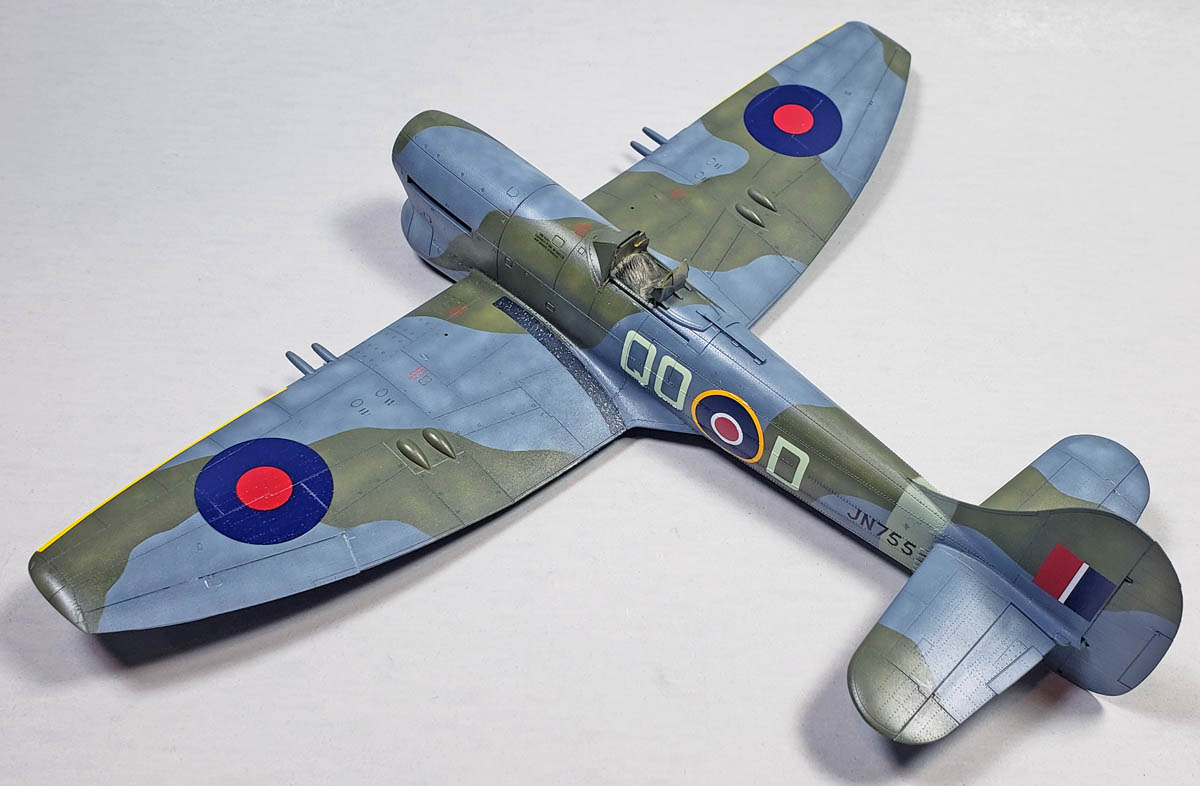
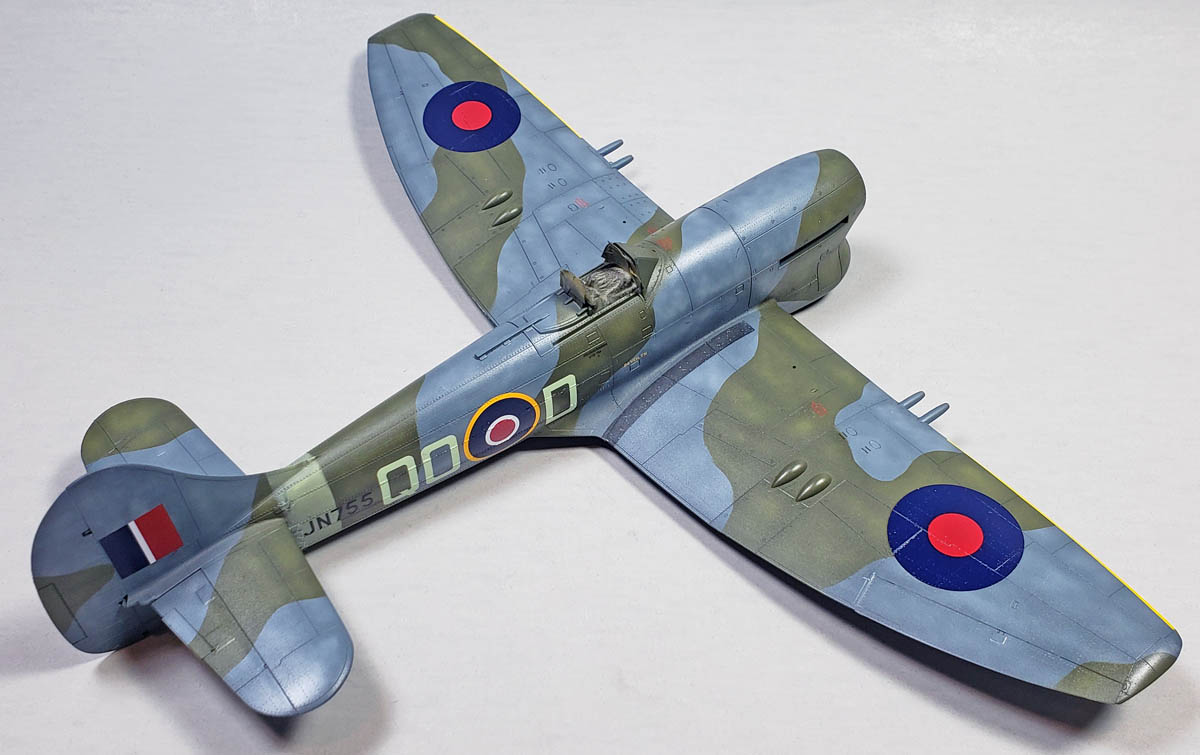
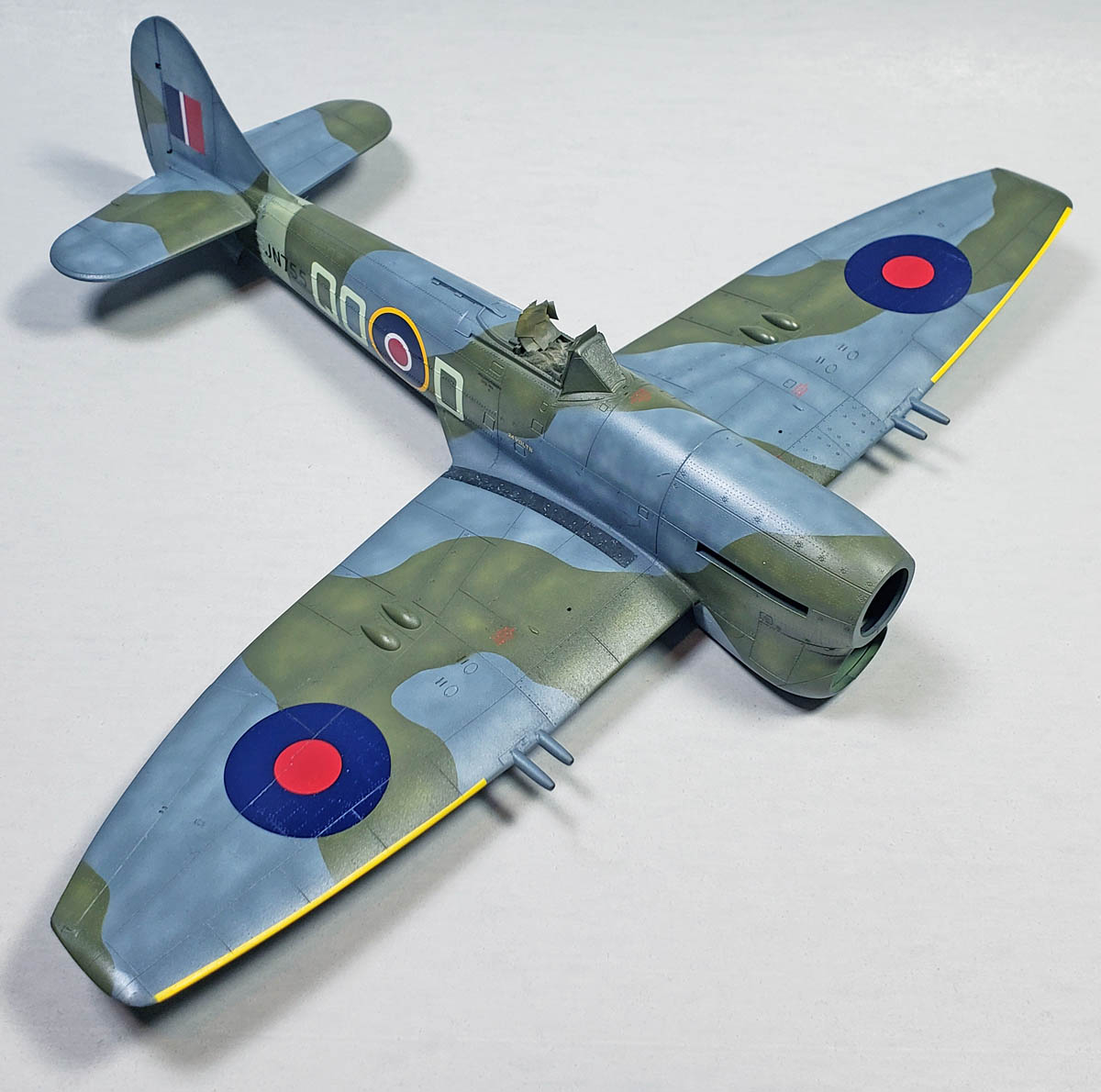


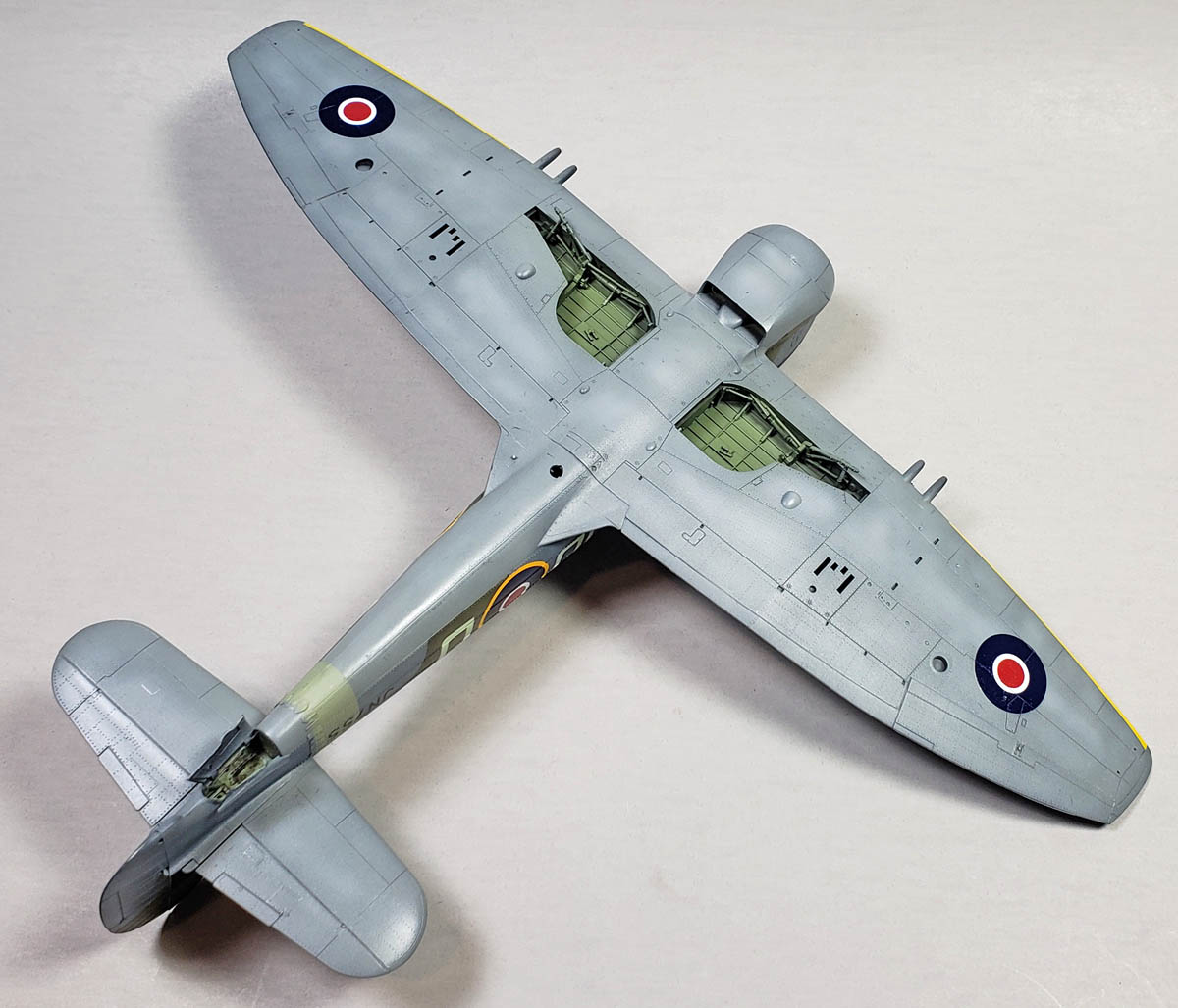
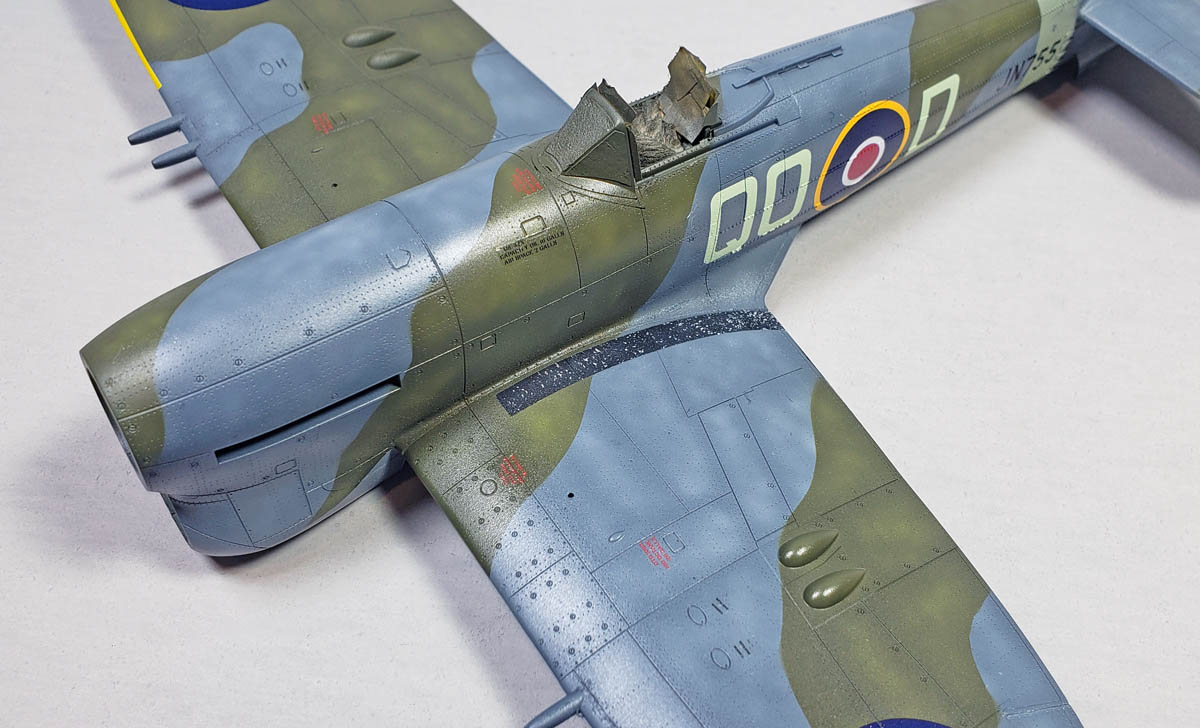


Leave a Reply